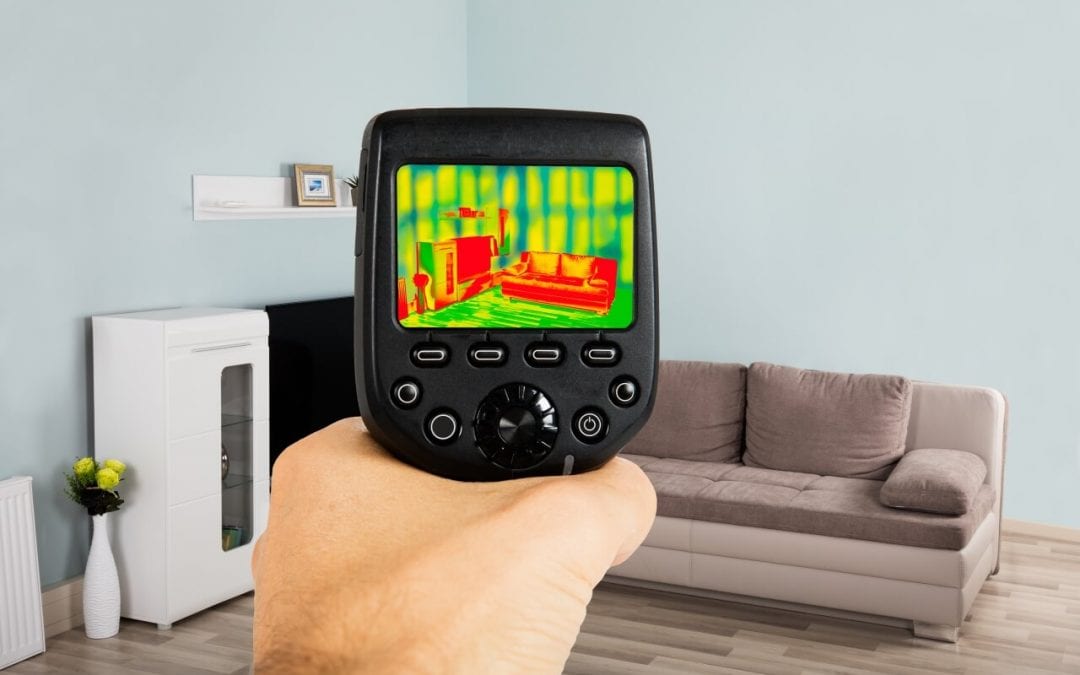If you’re in the market for a new home, order a home inspection before making a financial commitment to the property. When hiring a home inspector, ask if he or she uses thermal imaging in home inspections. These images can reveal issues that would normally be undetected by the human eye.
What is Thermal Imaging in Home Inspections?
Thermal imaging cameras produce images that display the temperatures of areas and objects. These differences in temperature show up as contrasting colors on a thermal image. Home inspectors who use thermal imaging in home inspections often include these photos in their reports. Thermal images can reveal whether certain parts of the home are damaged or defective.
Types of Issues Detected by Thermal Imaging in Home Inspections
Using thermal imaging, inspectors can find electrical hotspots, excess water or moisture, pest infestations, air drafts, and plumbing problems. A majority of the problems detected by thermal imaging cameras are hidden or difficult to detect with the naked eye.
Energy Inefficiency
There are many advantages to having an energy efficient home. Homeowners can reduce their greenhouse gas emissions and their utility bills. Unfortunately, some homes have insulation deficiencies and air drafts. Even a small area of insufficient insulation or deteriorating window seals will decrease the energy efficiency of a home. Thermal imaging can identify problem areas that impact your home’s energy usage.
Electrical Overheating
Electrical overheating is a common cause of household fires. Many electrical issues go unnoticed until it is too late. When viewing a home using a thermal imaging camera, electrical systems should appear as a consistent color. If one area shows brighter, this could be an electrical hot spot. Thermal imaging is a great way to reduce the risk of fire by detecting hot spots so they can be promptly addressed by an electrician.
Excess Water
Some water issues are hidden and cause major damage over time. The water damage is often noticed before the actual source of the problem is discovered. Thermal imaging in home inspections is one of the best ways to detect water issues before the damage becomes severe. Moisture pockets will show up on thermal imaging photos as abnormal cooler areas.
Choosing Thermal Imaging in Home Inspections
Although thermal cameras don’t see through walls, they play a useful role in a complete home inspection. Because of the benefits of thermal imaging scans, these devices are growing in popularity. For the most thorough home inspection, hire a professional who uses a thermal imaging camera.
Long Cove Inspections includes thermal imaging technology at no extra cost in our home inspections. Contact us to book our services in mid-coast Maine.
